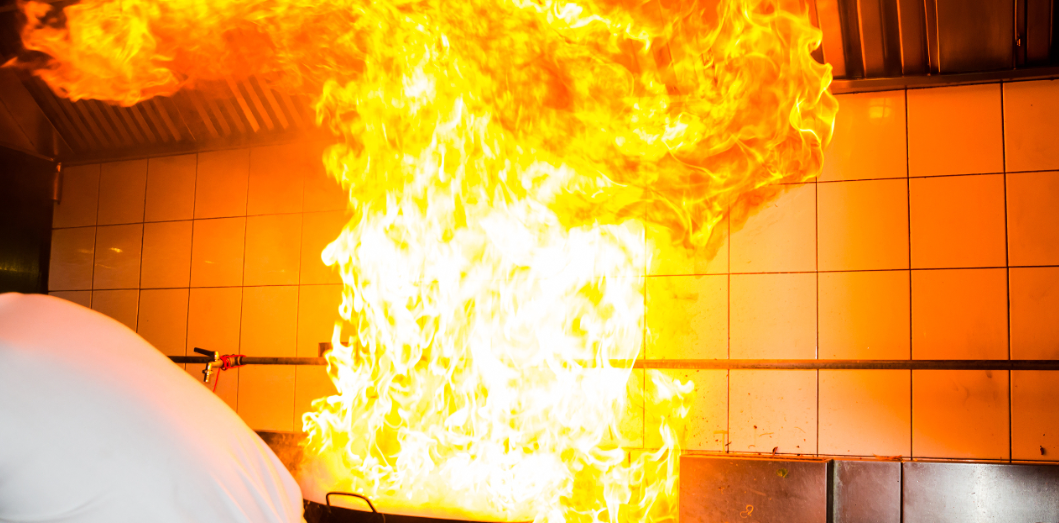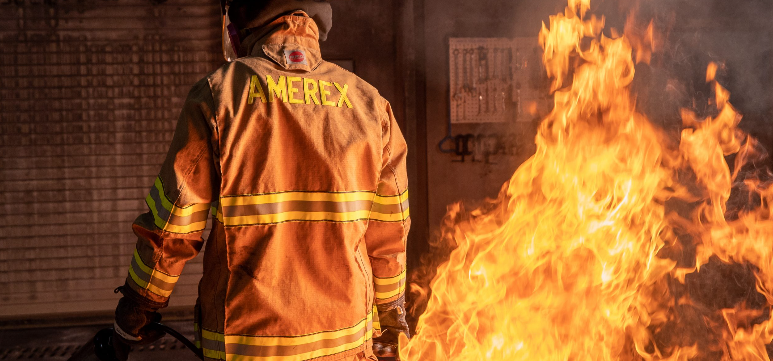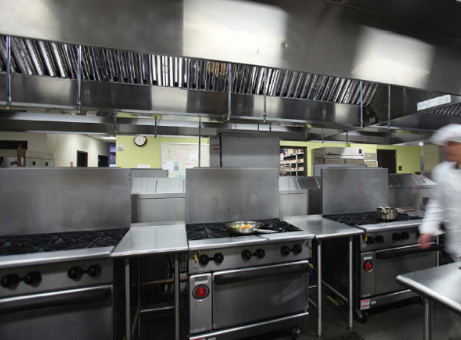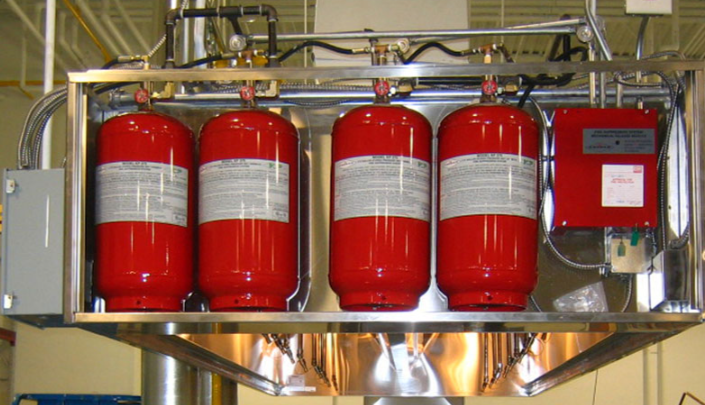The Amerex Kitchen Protection Fire Suppression System
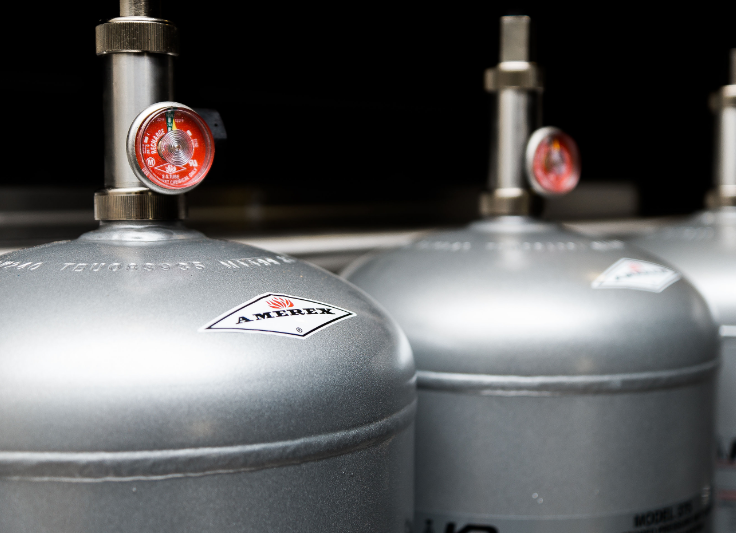

The Amerex Kitchen Protection Fire Suppression System
The AMEREX Kitchen Protection (KP™) Fire Suppression System: KP is a staple in commercial kitchens around the world. To meet NFPA guidelines and ensure quality, Amerex stringently tests this product with Underwriters Laboratory to meet UL 300, Standard for Fire Testing of Fire Extinguishing Systems for Protection of Commercial Cooking Equipment. KP is designed to accommodate the needs of building and restaurant owners who utilize restaurant fire suppression systems to protect their valuable property and ensure the safety of the people working in the kitchens. From fine dining to fast food chains, the Amerex Kitchen Fire Protection system has the components to meet your needs with competitive pricing while never sacrificing quality.
System Specifications
The Amerex (KP) and Zone Defense (ZD) are pre-engineered, wet chemical, stored-pressure type systems with a fixed nozzle agent distribution network. The system is listed by Underwriter�s Laboratories, Inc., (UL) and tested to Standard UL 300. Also approved by LPCB (LPS1223).
AGENT:
The system agent is the Amerex KP liquid fire suppressant, a potassium acetate based solution that suppresses cooking grease fires through both saponification and cooling and does not harm stainless steel surfaces.
AGENT CYLINDER:
Agent Cylinders are available in the following sizes 2.75, 3.75, 4.75 and 6.0 US Gallons.
AGENT DISCHARGE PIPING KP:
Agent discharge piping for the KP system consists of specific nozzles located to protect individual appliances by type and location.
AGENT DISCHARGE PIPING ZD:
Agent discharge piping for the Zone Defense system consists of nozzles placed no further apart than 20 inches along the entire length of the canopy. This creates an overlapping nozzle spray pattern which permits movement of the protected appliances such as fryers, woks, ranges and charboilers, without altering the Zone Defense discharge nozzle locations or compromising protection.
DETECTION KP & ZD:
The detection network uses a pneumatic linear detection device listed by UL for 435�F (224�C) as a "quick response� device. The detection device incorporates thermal responsive tubing that is pressurized to 70 psi and runs continuously throughout the canopy.
DISCHARGE NOZZLES:
Discharge nozzles are made of chrome plated brass, and consist of a one piece tip/body, strainer and blow off cap.
ACTUATION CYLINDER KP:
The 10 cu. in. actuation cylinder is filled with nitrogen and has an integral pressure gauge which allows easy field verification of pressure. This cylinder is capable of being refilled in the field.
ELECTRIC MICRO SWITCH:
Micro switches are provided to accomplish system output functions. The switches are "stackable� inside the MRM/PRM without requiring extra mounting hardware.
GAS VALVES:
Mechanical and Electrical gas valves area vailable. These can be fitted to the gas supply to shut off gas when the system is activated.
MANUAL PULL STATIONS KP & ZD:
The manual pull stations are a "dual action� type. Both a ring pin and lever must be pulled in order to discharge the system manually.
MECHANICAL RELEASE MODULE (MRM):
The MRM is a spring-loaded type using a mechanical input and electrical, mechanical or pneumatic outputs. It is capable of actuating from one to ten cylinder/valve assemblies using one nitrogen cylinder and is operated either automatically by the detection network or manually by a remote manual pull station.
ENCLOSURES:
Release module enclosures are available in either stainless steel or red painted steel and have a system status indicator and a window to observe the nitrogen cyclinder pressure gauge. Each enclosure has provision for applying tamper seals after final testing or periodic maintenance. Knockouts are provided to accept conduit.
PNEUMATIC RELEASE MODULE (PRM):
The PRM is a pneumatic device using pneumatic input and electrical, mechanical and pneumatic outputs. It is capable of actuating up to 10 cylinder/valve assemblies using one nitrogen cylinder and is operated either automatically by a detection tubing network or manually by a remote manual pull station. The automatic detection network consists of thermal responsive tubing, pressurised by a small accumulator inside the PRM enclosure, routed throughout the hazard area. When exposed to a fire condition the tubing ruptures, relieving the pressure in the tubing and accumulator thus operating the system using the nitrogen cylinder.
STAINLESS STEEL CABINET:
Where required, cabinets are available to house agent cylinders.

